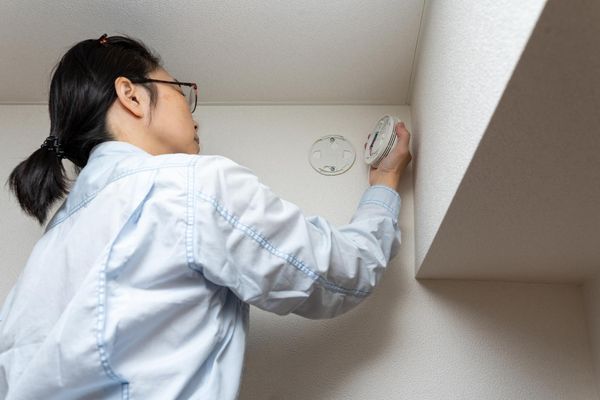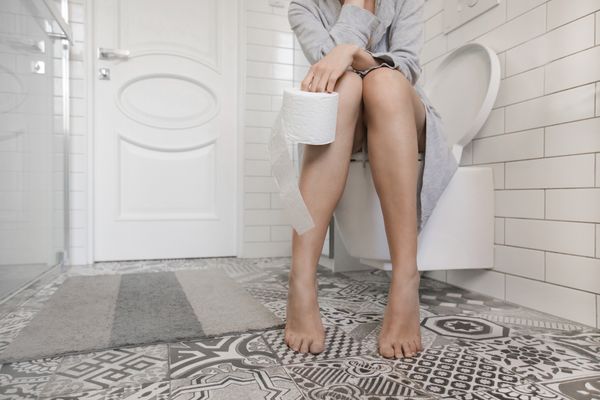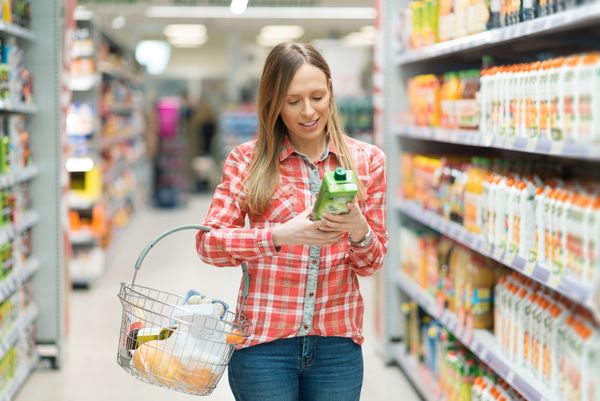By Sarah Vogel, Environmental Defense Fund
You think of yourself as an Eco-Mom—a conscientious consumer who tries hard to eat right and buy organic foods for your kids. You watch labels like a hawk and are practically fluent in the dizzying language of product chemistry: No phthalates, parabens or triclosans in your house! When you learned about bisphenol A (BPA), you got rid of the hard plastic baby bottles and the water bottle you took to yoga.
You're doing your best to shop your way to safety, product by product, chemical by chemical. It's a lot of work and it costs a little more, but it's worth it. And you feel good about being a responsible consumer and protecting your family.
But now comes the headline: "Your Couch Is Trying to Kill You."
What?
Yes. Turns out, virtually all upholstered furniture is pumped full of toxic flame retardants that experts link to reduced fertility, learning disabilities, diminished IQ and possibly cancer. These chemicals are also in nursing pillows, baby carriers and other products made with squishy polyurethane foam. In fact, chemical companies sell about 3.5 billion pounds of the stuff every year.
Not only is this perfectly legal, it's effectively mandatory, thanks to industry's nationwide reliance on outdated and controversial state rules in California—even though strong evidence suggests the chemicals actually provide no protection from fire and, in fact, may present serious risks to firefighters.
We've seen some progress. Frustrated moms, for instance, teamed up with firefighters, scientists and health advocates to push California to revise its old flame-retardant rules. But that’s just one small victory. There are still way too many holes in the safety net that’s supposed to protect us from thousands of man-made chemicals.
So what can you do?
For starters, support reform of the Toxic Substances Control Act (TSCA), which remains virtually unchanged since it passed in 1976. Since then, thousands of chemicals have entered the market with little or no safety information and only a handful have restrictions on their use. The law leaves consumers and manufacturers in the dark, without the basic health and safety data necessary to make products safer.
In fact, most chemicals on the market have not been adequately tested for health and safety. Unlike drugs, which must be proven both safe and effective, chemicals in furniture, plastics and countless other places face no such requirement before they hit the market.
It's time to update this law to better protect our families and reflect new science, so that everyone has the tools we need to make smarter, safer decisions about what goes on store shelves and into our homes. And we know that more information and greater transparency drives safer product innovation.
Standing in the way of change is a handful of chemical companies that have blocked legislative progress and deflected concerns of moms like you, as well as scientists. You can make your voice heard by joining the hundreds of organizations supporting safer chemical policies. Congress needs to hear that Americans want commonsense rules for safer chemicals in the marketplace.
Urge your Senators to support stronger toxic chemical controls.
Without committed leadership, we will be left to fend for ourselves.
Sarah Vogel is an environmental health and chemical policy expert at Environmental Defense Fund and author of the new book, Is It Safe?, which chronicles the science and evolving debate about chemical safety. Learn more about this book.







